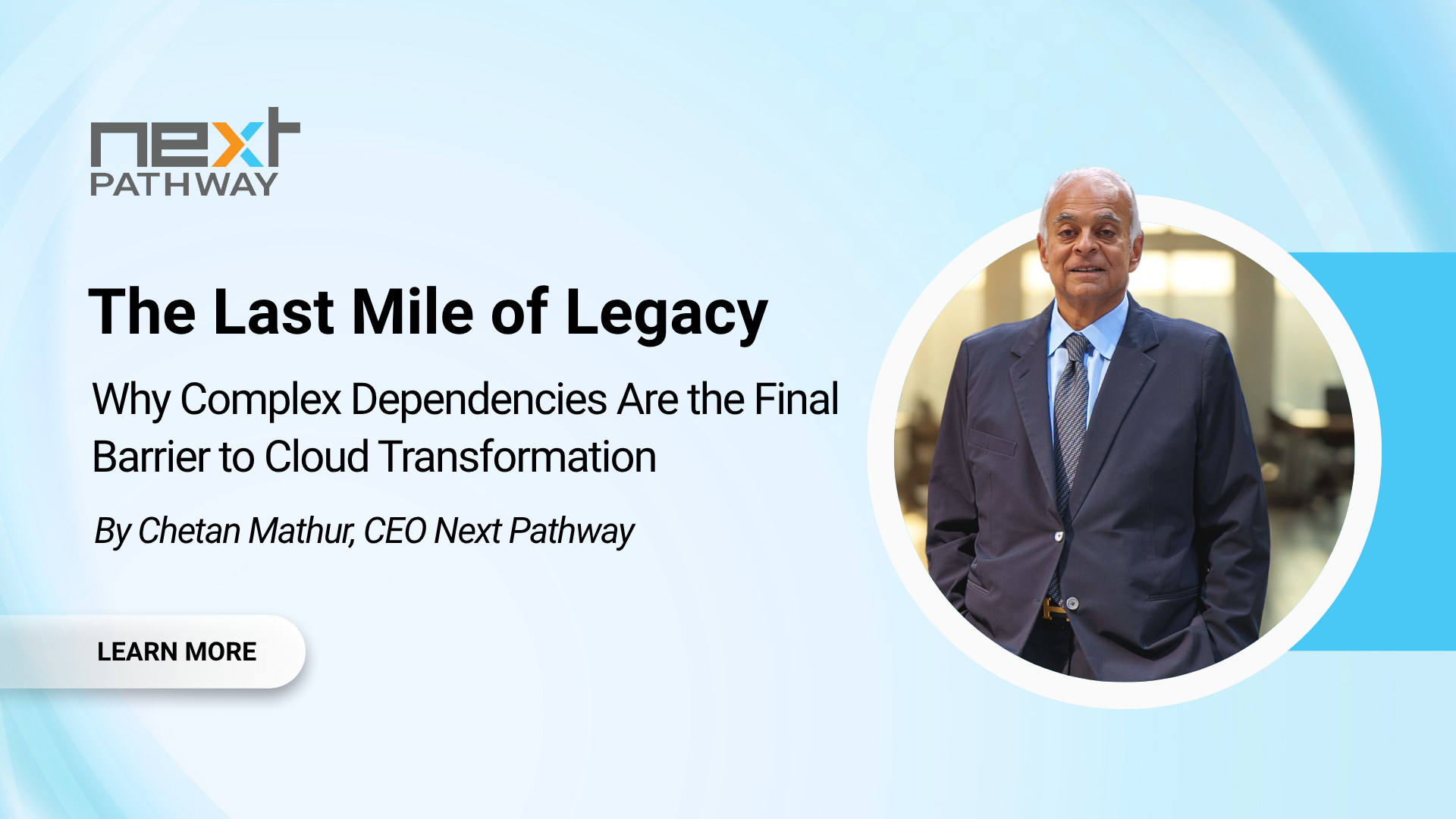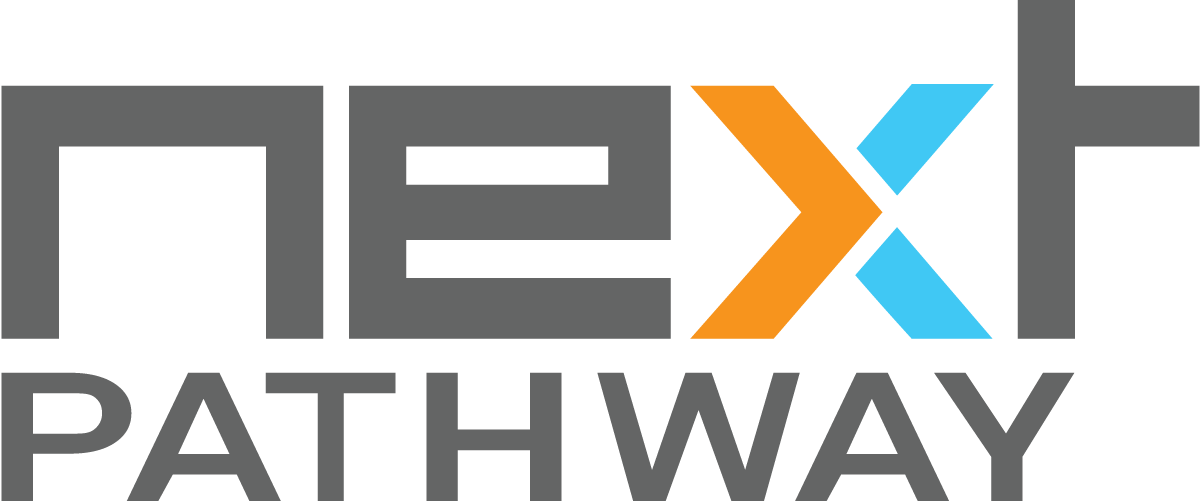The Last Mile of Legacy: Why Complex Dependencies Are the Final Barrier to Cloud Transformation

Modernizing legacy systems gives enterprises the flexibility and capacity to use artificial intelligence, improve how they use data, enhance operational efficiency, and strengthen overall security. This transformation is not just about technology upgrades; it is about achieving growth, keeping pace with new business opportunities, and staying ahead of competitors in a rapidly changing world.
Complex Dependencies, The Hidden Roadblock
For every organization, the real challenge comes when they try to move the oldest and most customized systems to the cloud. Decades of updates, custom code, and process changes have left a maze of connections inside mission-critical applications, data feeds, and workflows. These hidden bonds are rarely captured in documentation and often only surface late in the modernization process, when the risk of outages, business disruptions, or regulatory missteps is highest.
Why Fixing the Problem Matters Now
Maintaining legacy systems costs businesses more each year, not only in direct expenses but also in missed opportunities, growing security threats, and increased difficulty in supporting new ways of working. Companies relying on manual tracking, outdated documentation, or quick fixes inevitably run into surprises such as failed migrations, unexpected downtime, or business processes that do not work as expected. Every delay makes these problems harder to manage and leaves organizations more vulnerable to compliance failures, cybersecurity incidents, and falling behind competitors.
Today’s executives expect a clear plan. They want full transparency, up-to-date dependency maps, and real evidence that risks are controlled before approving any major move to the cloud. More firms are shifting away from depending solely on internal teams or piecemeal consulting. They are seeking tools that offer a clear view of what they have, what needs to be done, and how to meet modern business goals safely.
A New Approach, Automation and Intelligence
The most effective organizations use automation and smart discovery to find every link in their systems, both technical and business-critical. This involves advanced software scanning code, mapping the flow of data, and highlighting where processes could break. Automated tools translate old business logic and test every migration wave, ensuring systems stay accurate, secure, and fully functional on day one in the cloud.
Next Pathway’s AI-Enabled CRAWLER360 and SHIFT Cloud Technologies
Next Pathway’s AI-enabled CRAWLER360 and SHIFT Cloud technologies are built to tackle this last-mile challenge. CRAWLER360 scans legacy codebases, data jobs, and system integrations, producing a detailed blueprint of all dependencies and business logic within the environment. SHIFT Cloud automates the conversion, migration, and validation of custom code and processes, ensuring both intent and function are preserved in the new cloud environment.
This approach provides business leaders with confidence that migrations will not result in unexpected problems. With this level of clarity, core business processes function as intended and every step is fully visible and auditable. Leading companies in finance, insurance, and healthcare are already benefiting from this method, turning a major barrier into the foundation for future innovation and flexibility.
The Business Outcome, Modern, Resilient, and Ready for the Future
Solving the last mile is more than completing a project. It is about equipping the business for ongoing change, faster innovation, and greater security, regardless of what comes next. Organizations addressing this challenge with clear vision, robust tools, and the right expertise build a digital platform that supports their growth and leadership for many years ahead.
About Next Pathway
Next Pathway is the Automated Cloud Migration company. Powered by CRAWLER360™ and SHIFT Cloud, Next Pathway automates the end-to-end challenges companies experience when migrating applications to the cloud. For more information, please visit nextpathway.com.
